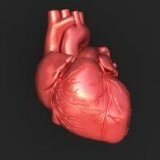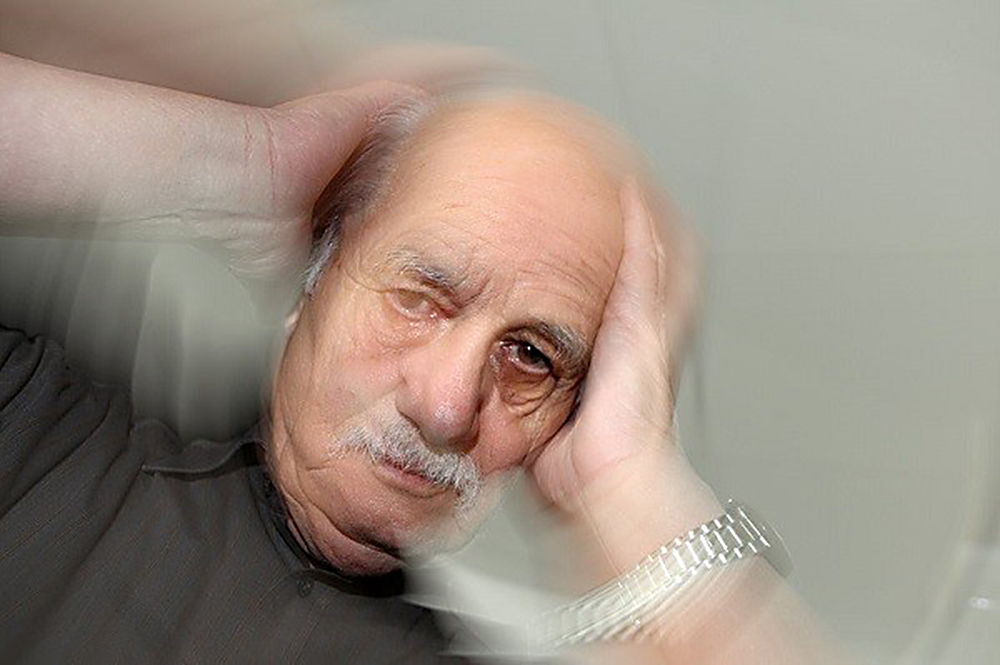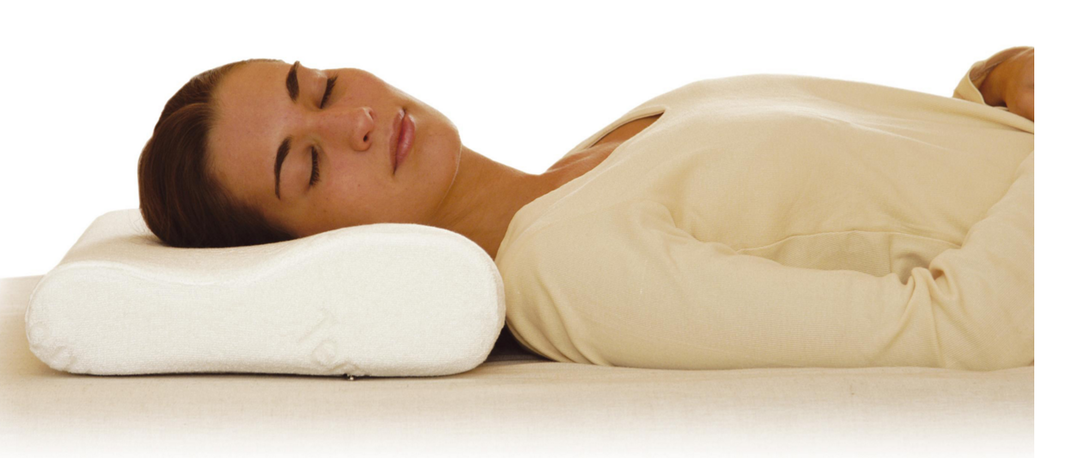Cardiovascular dystonia
 Let's say at once that cardiovascular dystonia is not considered an independent disease, but occurs in combination with other pathological factors, which contributes to violations of almost all body systems( mainly the cardiovascular system).
Let's say at once that cardiovascular dystonia is not considered an independent disease, but occurs in combination with other pathological factors, which contributes to violations of almost all body systems( mainly the cardiovascular system).
What is cardiovascular dystonia?
Cardiovascular dystonia can develop at different ages, more often in young women, who are sick almost 3 times more often than men, often occurs in adolescents. Significantly less likely to develop in persons younger than 15 and older than 45 years.
Does cardiovascular dystonia differ from vegetative-vascular dystonia? There is no clear classification so far. Some authors consider this to be various types of diseases, but the expression "vegetative-vascular dystonia" is most often used and has the following symptoms: changes in blood pressure, lethargy, fatigue, dizziness, sharp pains in the heart area, severe headaches, often loss of appetite and weight, a bad mood, a decline in efficiency. The person becomes irritable, tearful, he has unreasonable fears, a sense of lack of air, possible fainting. It is clear that having such a set of symptoms, a person turns to the doctors: from the therapist to the psychiatrist. But it is often difficult to establish a diagnosis.
From our point of view, the more correct name for this disease is vegeto-vascular dystonia, because it primarily affects the vegetative nervous system( sympathetic and parasympathetic), which leads to a violation of breathing, blood supply, sweating, urination, etc.
Diagnosisdystonia.
Vegetative manifestations often capture either one system, often cardiovascular, but usually spread to the entire body. This is understandable, that the mismatched work of the vessels leads to a disruption in the supply of internal organs with blood and oxygen, which causes a malfunction in their work. Therefore, with vegeto-vascular dystonia, there is no point in treating anything separately, a systematic approach to the whole organism is needed here.
In the same, and the complexity of setting the right diagnosis. According to data from different authors, about 25% of patients seeking cardiac care actually suffer from vegetative-vascular dystonia. About 30% of patients with vegeto-vascular dystonia often use the services of a specialized cardiological "First Aid".Only after a thorough examination can a doctor diagnose: vegetative-vascular dystonia. It is best for this to go to a specialized neurological department.
Types of cardiovascular dystonia.
Depending on the disorders of the cardiovascular system, four types of cardiovascular dystonia are distinguished, namely:
- Cardiac type. Complaints about interruptions in the work of the heart, palpitations, a sense of lack of air, tachycardia.
- Hypertensive type. At the same time, complaints can arise about increased fatigue, palpitation, headache. But most often this type is revealed only during the examination of patients, because the increase in blood pressure occurs unnoticed for them. Patients with hypertensive type are at risk of hypertension, it is possible that atherosclerosis, ischemic heart disease is developing.
- Hypotensive type. It is manifested by a decrease in blood pressure below 100 mm Hg. Art. The patient feels increased fatigue, weakness, headache, neurotic manifestations( irritability, anxiety, sleep disturbance, tearfulness).Skin pale, there is chilliness, cold and wet extremities. Often, fainting is possible.
- Mixed type. Combination of BP and cardiac disturbances. There are persistent and multiple clinical symptoms, possibly a sharp decrease or loss of ability to work, which may require inpatient treatment of the patient.
Cardiovascular dystonia usually occurs without a life-threatening malfunction of the body's systems. In the overwhelming majority of adolescents with timely therapy, there comes a complete recovery. With age, the prognosis of complete cure is reduced. Reduction or temporary disability can be observed during periods of exacerbations.



